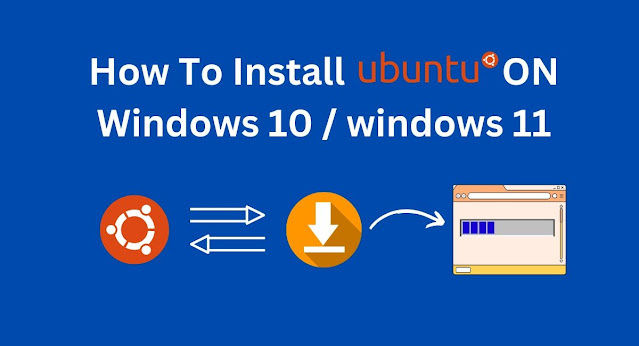The Future of Infrastructure as Code: What is Replacing Terraform?
Pulumi: A Modern Approach
Pulumi is one of the maximum talked-about options for Terraform. Unlike Terraform, which relies on HashiCorp Configuration Language (HCL), Pulumi lets in builders to define infrastructure the usage of standard-motive programming languages which includes Python, JavaScript, TypeScript, and Go. This functionality makes Pulumi a robust candidate for changing Terraform, in particular for teams searching out extra flexibility and integration with current improvement practices. Terraform or Pulumi which one is better
Kubernetes-Centric Tools: Helm and Crossplane
As Kubernetes turns into the standard for field orchestration, equipment like Helm and Crossplane are gaining popularity for handling cloud infrastructure. These Kubernetes-centric tools offer specialized answers that are extra aligned with cloud-native environments, doubtlessly changing Terraform in scenarios in which Kubernetes performs a relevant function.
The Rise of Serverless Frameworks
Serverless computing is another trend that is influencing the Infrastructure as Code landscape. Tools just like the Serverless Framework, AWS SAM, and Google Cloud Functions cognizance on handling serverless programs with minimal infrastructure overhead. These frameworks offer a unique approach to IaC, one that might replace Terraform in environments where serverless architectures are dominant.
GitOps and Declarative Infrastructure
GitOps is a technique that treats Git as the single source of fact for infrastructure configurations. Tools like ArgoCD and FluxCD are at the forefront of this movement, automating the deployment and control of infrastructure through Git-based workflows. This approach gives a extra declarative and automatic opportunity to Terraform, mainly in environments in which continuous integration and non-stop delivery (CI/CD) pipelines are closely used.
Conclusion: What is Replacing Terraform?
While Terraform remains a powerful device, the solution to What is replacing Terraform? Lies within the developing diversity of IaC tools that cater to specific wishes and use cases. Pulumi gives flexibility with programming languages, Kubernetes-centric tools provide specialized solutions for cloud-local environments, serverless frameworks simplify infrastructure management, and GitOps brings automation and declarative configurations to the leading edge.
In the stop, the future of Infrastructure as Code is not approximately a unmarried device replacing Terraform, but rather approximately the use of the right device for the activity. As cloud technologies retain to evolve, groups will have extra alternatives than ever earlier than to build, manage, and scale their infrastructure in methods that great match their wishes.
.jpg)



Comments
Post a Comment